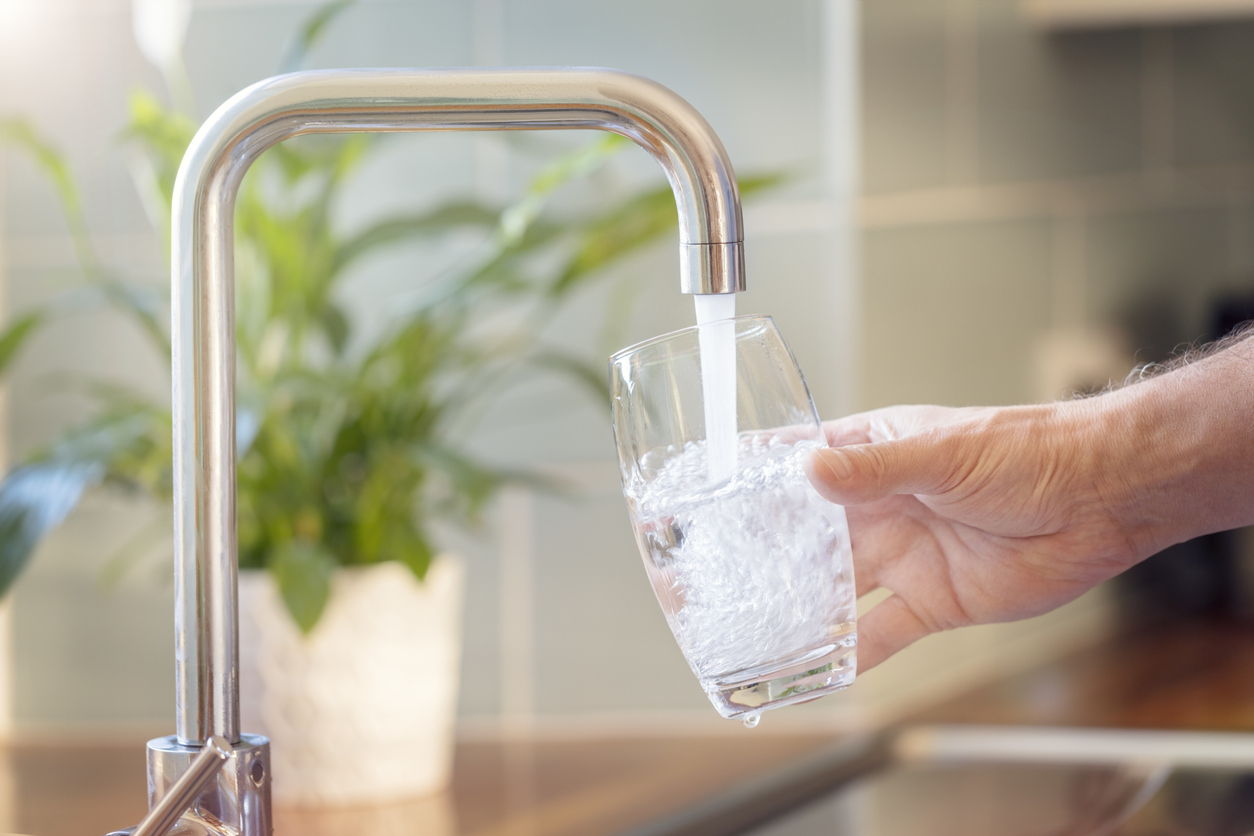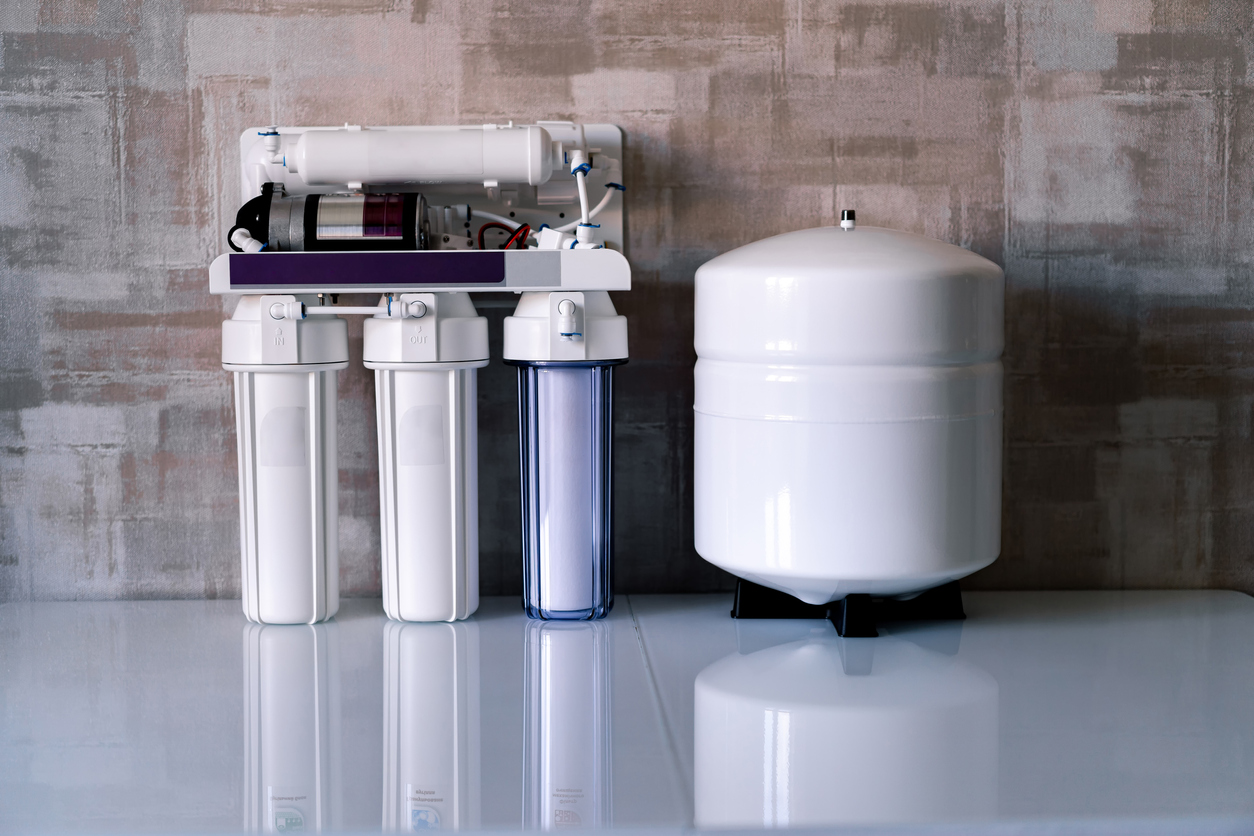It trickles, courses, and weaves—constituting bodies as slight as a creek and as boundless as an ocean. It sustains wildlife, nurtures greenery, quenches our thirst, and rinses us after a long day’s work. Water is everything. And especially in our desert climate in Arizona, it is more than that.
Your friends at Spencer’s TV & Appliance have whipped up a guide to give you a rundown of reverse osmosis systems and water softeners. We all know the value of purified water, but let’s dive deeper (pun intended) into what we offer in the world of water treatment systems.
We partnered with water professionals to design a line of dependable water treatment equipment suited especially for our Sonoran Desert water conditions. Since our valley’s water conditions are ever-changing, we chose a company that could provide a high level of service and technical knowledge. Our Envirotec Series is exclusive to Spencer’s. And any Envirotec unit you purchase will provide years of quality water to your home and family.
Trust us: A high-quality water treatment system from Envirotec will outperform and outlast every discount option on the market. Read on to learn more about proven water filtration and dispensing technology!

What is Water Treatment?
Simply put, water treatment refers to filtration systems that can remove contaminants from the water lines in your home, whether they are connected to your faucets, showerheads, toilet bowls, or even your refrigerator’s ice and water dispenser.
Common contaminants in water include chlorine, lead, iron, fluoride, and copper, which can usher unpleasant odors and taste, and in worst cases, cause health issues if not controlled.
From our catalog, Envirotec manufactures reverse osmosis systems and water softeners.
What are the 4 Steps of Water Treatment?
According to the Centers for Disease Control and Prevention (CDC), the most common steps in water treatment used by community water systems to provide safe drinking water include the following:
1. Coagulation and Flocculation
Often the first steps in water treatment, coagulation and flocculation involve adding positively charged chemicals to the water. So it goes: The positive charge of these chemicals neutralizes the negative charge of dissolved particles in water, including dirt. The particles bind with the chemicals and form larger particles called “floc.”
2. Sedimentation
Then, due to their weight, the large floc particles pool toward the bottom of the water supply. Once they have settled, the next phase takes place.
3. Filtration
At this point, the water content above the floc will pass through specially engineered filters to remove dissolved particles like dust, parasites, bacteria, viruses, and chemicals. These filters have varying pore sizes and are just as diversely composed of sand, gravel, and charcoal.
4. Disinfection
Finally, after the water is filtered, a disinfectant—like chlorine or chloramine—may be added to eliminate any dissolved particles that remain. This further protects the water from germs when it is piped to homes and businesses.

How to Tell if Your Water Needs Treatment
Even taking your community’s water treatment system into account, unless you consult a water quality analyst, there is no way to be sure your own home’s water supply is safe to consume. That said, there are three surefire signs that you need to take water treatment into your own hands: smell, taste, and appearance. Basically, if the water in your home smells bad, has a terrible taste, and looks cloudy, we implore you to assess your options for water filtration.
Envirotec water softener systems treat hard water (i.e., high-mineral water with limestone, chalk, or gypsum deposits) so that your washed hair doesn’t have to suffer from lack of moisture. As an added bonus, water softeners can also make appliances, including your refrigerator, dishwasher, and washing machine, run more efficiently.
And filtration systems, like those that use reverse osmosis, remove sediments so you can enjoy bottle-quality water from your tap.
What is the Envirotec Osmosis System?
Americans purchased over 14 billion bottles of water in 2019. With a reverse osmosis system, you don’t need to buy bottled water, which bodes well for the planet and your wallet. In the end, this water treatment system generates around five gallons of wastewater for every one gallon of filtered water.
These systems filter water differently from other water treatments, as it passes through a semipermeable membrane to remove contaminants and impurities. Often used in conjunction with carbon filters, reverse osmosis systems have a slower filtration process compared to other water filters.
The Envirotec osmosis system can remove fluoride, salt, sediment, chlorine, arsenic, herbicides, pesticides, and other contaminants; however, to kill germs and viruses, we recommend additionally exploring options with UV disinfection.
This water purifier is often installed under a kitchen or bathroom sink. On the other hand, it is rare that reverse osmosis is used to treat water for the whole house, as this system is not conducive for showerheads.
If you invest in this top-notch water treatment system, be sure to replace and clean the filter regularly—every two to three months or as recommended by the manufacturer.
How Does it Work?
In this water treatment technique, water is forced through a pre-filter to remove sediment and chlorine, and then it passes through a semipermeable membrane to remove dissolved solids. Before it rushes out of a dedicated faucet, the water exits through a post-filter for a final polishing.
While the membrane is the focal point of a reverse osmosis system, this purification method can differ in the number of filtration stages. In fact, they can be made up of three, four, or five stages of filtration.
At the very least, every reverse osmosis system contains a sediment filter (to reduce particles like dirt, rust, and dust), a carbon filter (to reduce contaminants that give water a bad taste or odor), and a semipermeable membrane (to remove up to 98 percent of dissolved solids).
Four- or five-stage systems may have one or more of the sediment or carbon filters, which are called either pre-filters or post-filters, depending on whether the water passes through them before or after it goes through the semipermeable membrane.

Let Us Help You
Our experts at Spencer’s TV & Appliance care about you and your family’s wellbeing, and our exclusive Envirotec water treatment products will ensure just that. If you have any questions, read our “10 FAQs on Water Treatment Systems” blog or contact our friendly staff. We are always happy to help—call or visit us today!


